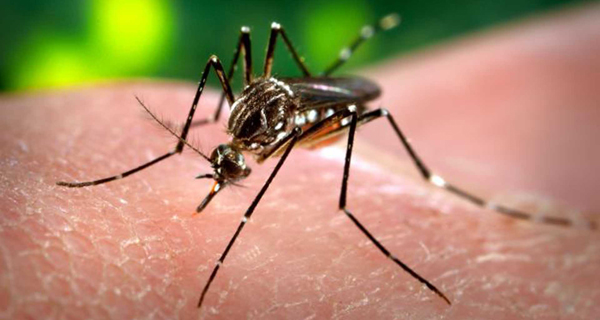With the spread of mosquito-borne Zika, West Nile and Saint Louis encephalitis viruses, Valley residents have become more diligent about trying to reduce the number of mosquitoes around their homes. This focus comes as the annual monsoon season begins, a time when the mosquito population often surges. Rain produces standing water, and if left unattended, produces the perfect breeding ground for the virus-carrying pest.
“When you have stagnant water left from monsoon rains combined with temperatures consistently at and above 100 degrees, thousands of mosquitoes can be produced from the larva in as little as seven to ten days, or about three-times faster than normal,” says Curtis Whalen, co-founder of Gilbert-based Blue Sky Pest Control. “Certain species also lay their eggs in moist soil and mud. The monsoons act as a trigger for this dormant population, and a new generation of mosquitoes is born.”
A few cases of Zika have been discovered in Arizona; West Nile was first found in the state in 2003. And, while cases of St. Louis encephalitis are somewhat rare in humans in general, public health officials know it is still circulating among the mosquito population.
Whalen says homeowners can fight back against the exploding mosquito population by taking a few steps to eliminate their breeding grounds by simply cleaning up their yards and homes.
“Remove leaf litter and debris, keep potted plants on stands away from the house, avoid over watering, and keep bushes trimmed, especially those near the home,” Whalen says. “Also, kiddie pools should be drained weekly, along with removing standing water in bird baths and pet watering dishes.”
Whalen adds that repairing leaky outside water fixtures and faulty sprinkler systems will eliminate standing and stagnant water around the home.
“Prevention is the key,” Whalen says. “Also, the use of mosquito repellant and long-sleeve clothing is encouraged for people working outside, along with avoiding times outside like at sundown when mosquitoes are most active.”




